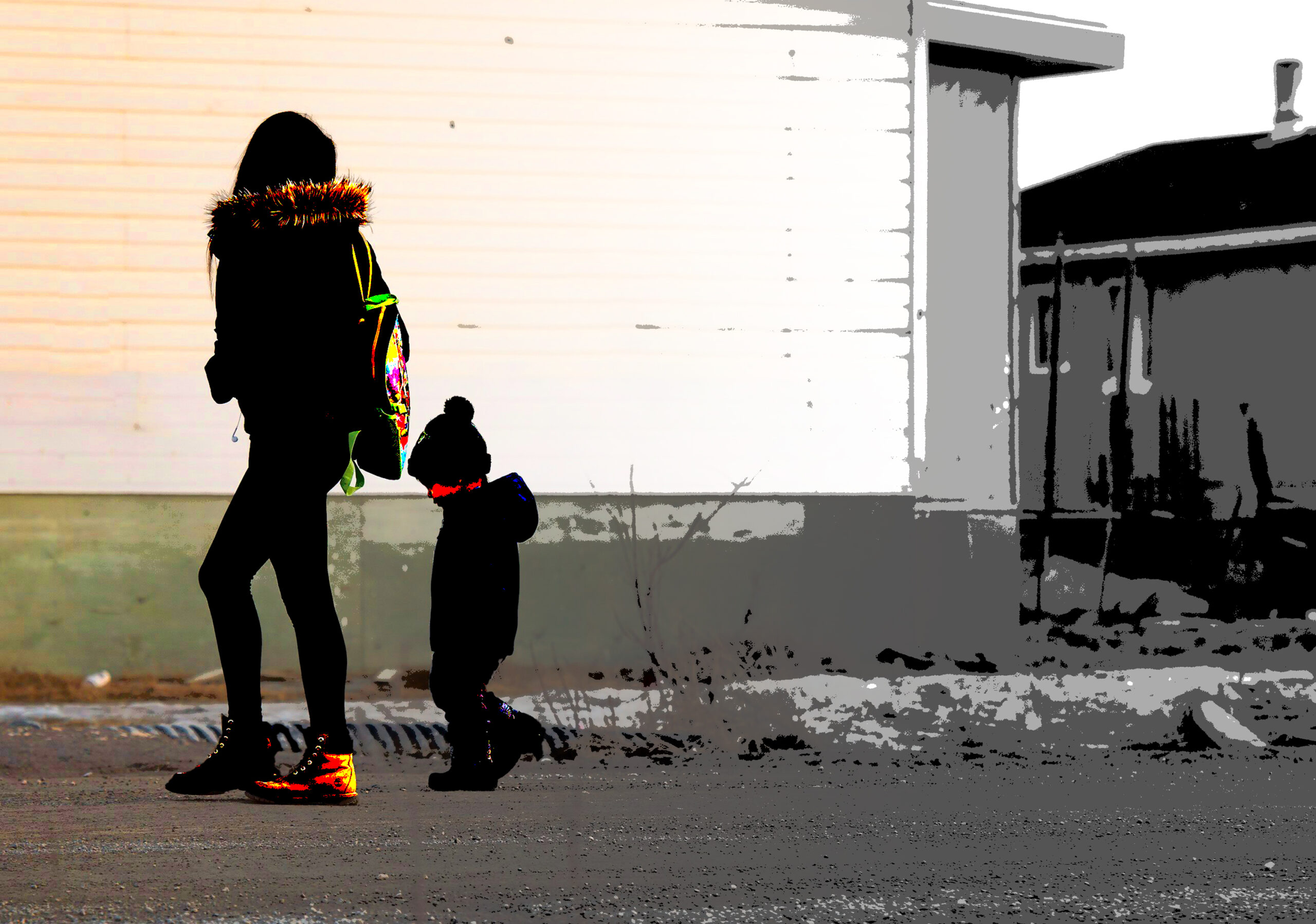Energy insecurity is a defining feature of daily life for many Indigenous communities across Canada. In our latest quarterly syndicated study – Indigenous Insights – nearly one third (32%) of Indigenous people in Canada meet Statistics Canada’s definition of energy insecurity – that is, spending more than 10% of their after-tax income on household energy costs like electricity and heating fuel. The contrast with the general population is stark: 5.6% of Canadian households met this threshold in the 2021 Census.
Energy poverty index: Rates of energy poverty by region
Those whose electricity and home heating bills are 10% or more of their after-tax income are classified as energy poor.
Energy-insecure individuals spend on average 2.9 times more on electricity and heating than those who are energy secure – exposing the disproportionate cost burdens. This burden is not evenly distributed across the country. The highest rates were observed in Atlantic Canada (43%), followed by Alberta (36%). Energy insecurity is especially acute for First Nations respondents living on-reserve (36%), compared to those off-reserve (30%) or among Métis respondents (31%). Strikingly, Indigenous women are nearly twice as likely to experience energy insecurity than men (41% vs. 22%). Strikingly, Indigenous women are almost twice as likely to be energy insecure as men, with 41% reporting that they struggle with energy affordability compared to just 22% of men.
Energy poverty index: Rates of energy poverty
Those whose electricity and home heating bills are 10% or more of their after-tax income are classified as energy poor.
What is clear from the data is that this issue extends well beyond low-income households, with many respondents reporting energy insecurity indicated moderate or even high incomes. In other words, this is not simply a function of overall financial insecurity but of energy costs that are disproportionately high relative to income – even for working individuals.
The consequences of this crisis are tangible, and in many cases, they are literally felt. Energy insecure respondents in our study described lives shaped by hard trade-offs. Nearly a third (32%) said they reduced other household expenses in order to pay for energy. Many said they avoided using energy to save costs (29%), went without adequate heating (26%), or had to seek financial assistance (21%). Alarmingly, 15% of those who are energy insecure reported that their electricity or heating had been shut off altogether at some point in the past 12-months.
Energy poor
In the past 12 months, have you experienced any of the following due to difficulty paying for energy? Please select all that apply.
Part of the story here is one of infrastructure or, more specifically, the lack thereof.
Energy systems in many rural, northern, and remote Indigenous communities remain underdeveloped. Our research shows that while 91% of Indigenous respondents in Alberta report access to natural gas, only 26% in Atlantic Canada can say the same. First Nations people living on-reserve are also significantly less likely to have access compared to those living off-reserve (57% vs. 74%).
In places where natural gas or electricity are unavailable, communities must rely on other energy sources. Some of these alternatives can further compound the affordability gap and contribute to long-term environmental and health challenges. It is worth noting that in many Indigenous communities, particularly in rural communities, heating with electricity can also be very expensive.
Community access to natural gas
Does the community where you live have access to natural gas?
The bottom line is this: energy insecurity remains a largely unaddressed aspect of economic inequality and reconciliation. It disproportionately affects Indigenous people and communities, yet it remains largely absent from public debate. If Canada is to take Reconciliation seriously, ensuring equitable access to affordable and reliable energy must be part of that conversation.
Indigenous Insights is a syndicated, quarterly research study run by Earnscliffe that captures the views of First Nations, Métis, and Inuit peoples across Canada. With 500 interviews every quarter, it is designed to be representative of the Indigenous population in Canada as we understand it from Statistics Canada. These most recent findings were from the last wave, conducted between February 4 and 19, 2025, unless otherwise stated. To learn more about the study, please click here.
